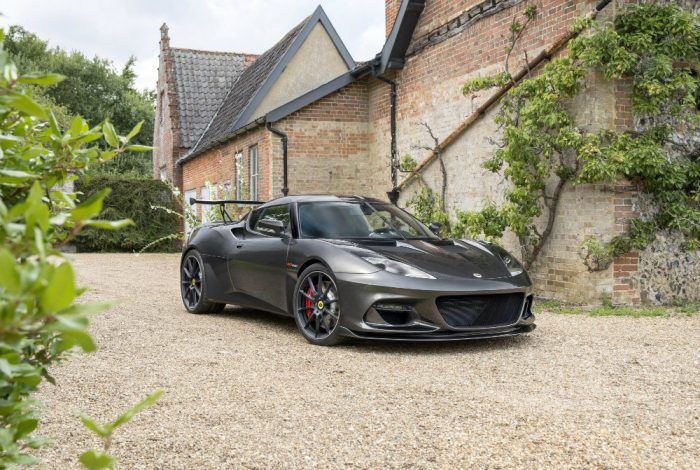For once in the car world, something claimed to be big news actually is big news. Somehow Lotus, despite making some of the best handling cars the world has ever seen, has been teetering on the brink of financial ruin since day one.
However, they are starting to turn big profits in what could be called a radical financial turnaround.
Coming Clean
Look, I make no claims about my biases. I freely admit my love for Colin Chapman and his cars. Even the ones he’s no longer around to make. If you were to ask me to list 10 or 20 of the world’s greatest cars, after a bunch of Italian ones, Colin Chapman’s Lotus cars would most likely take up the rest of the list. That guy could do more with less than almost any other designer I’ve seen. He could make four bangers stay with V8s, sixes fly past them, and when it comes to racing cars, you’d underestimate his designs at your own peril.
One thing Chapman could not do, however, was figure out how to be profitable while making cars and racing them. When I said Lotus was in trouble since day one, that wasn’t an exaggeration. The Lotus 7, one of the most sublime and best handling sports cars ever, was sold by Chapman to keep his business afloat. And that was back in 1959. The company has, near as I could tell, been living hand to mouth ever since. It has gone through a number of owners since Chapman’s passing, some of them with very deep pockets indeed, but Lotus has always been clinging on by its financial fingernails. That is, until now. At least according to the latest numbers out of England.

Big Numbers
Seriously, check this out: Lotus closed this financial year with £2.0 million in profit, versus last year, where they reported a loss £16.3 million. Lotus, or officially Lotus Group International Limited (LGIL), says this gain is “on plan.” Talk about a fine British understatement. And it appears even better if you look at it in terms of before tax profits and losses. £41.2 million lost the year before last; last year they bled £11.2 million in red ink, and then boom, a Profit Before Tax improvement of £10 million in the second half of fiscal year 2016 and 2017. Lotus says they can now concentrate on and return to a full year of profit before tax for fiscal year 2017/2018.
I know, this accounting stuff makes my eyes go all fuzzy too. And let’s face it, if I was good at numbers I could have had a real career and have been making money myself. But no. Instead, I am a writer. An automotive journalist, at that, so my question is: how. How did Lotus manage to finally make money after all these years?
Benchmark Strategy
For starters, Lotus focused on its strengths in engineering and core brand values. Lotus says they are now producing their strongest lineup of cars, which would be very hard to argue with, given the Evora, Exige, and Elise models, and the new Lotus 3-Eleven track car. Lotus calls their entire range benchmark sports cars, and I would not disagree with that.
And the Hethel concern (okay they’re Norfolk based, but Hethel is their ancestral home) is not resting on their laurels or blowing the cash on champagne and dancing girls. They say the positive cash flow paves the way for “future investment and the development of new models.” Translation: Cars that are even better than the Evora, Exige, and Elise. Contemplate what that might mean for a moment. Lotus has also expanded more than the size of its vault. They have more dealerships across the planet, up from 138 in 2014 to 215 today. Sales are up 57% in Europe with a six-fold sales growth in North America. Shoot, I know companies that would do anything to get numbers like that.
So what’s next? Where does Lotus go from here?

Future Plans
What Lotus says reads like typical corporate financial boilerplate. The road ahead for Lotus will be focused on “improved quality, reduced costs, and increased margins resulting in the best sustainable performance for the business for many years.” Typical stuff. For those of us whose numerical understandings stop with camber angles and power-to-weight ratios, what this all means is more cars like the Elise Sprint 220, the Exige Cup 380, and the Evora GT430, but – and this is important – cars that are logical engineering extrapolations on those existing ones. Or, as Lotus succinctly puts it, “each clearly demonstrates the company’s ambitions for the future.”
And all I can say is praise be! That Lotus can finally start making money and have the business savvy to build on that means two things: Lotus will be around for a while and their cars will get better and better. And point two is the most important, because their cars are already very, very impressive.
Tony Borroz has spent his entire life racing antique and sports cars. He means well, even if he has a bias towards lighter, agile cars rather than big engine muscle cars or family sedans.
Photos & Source: Group Lotus plc.


